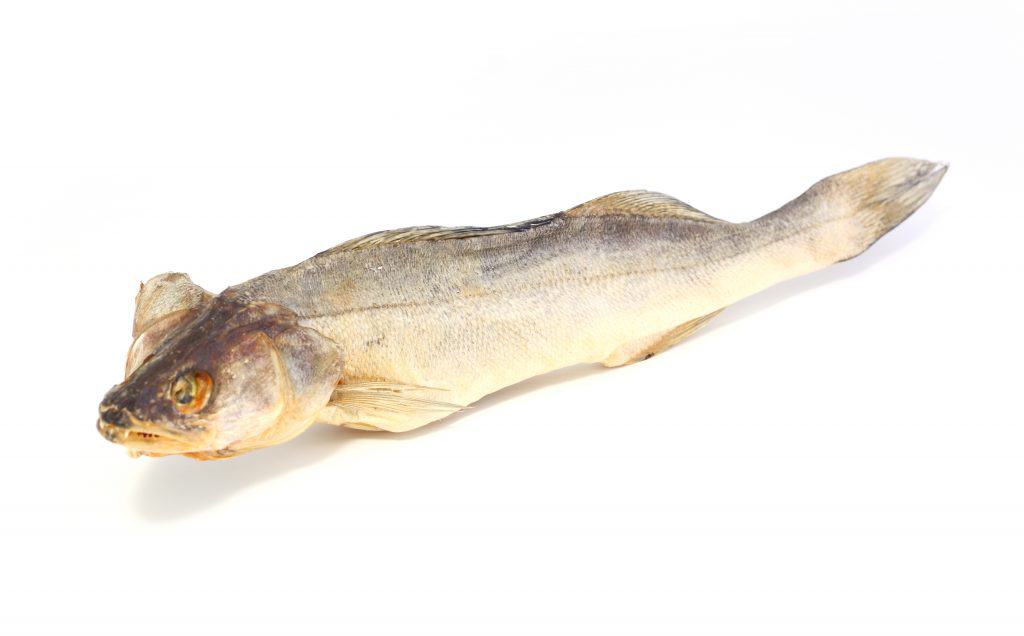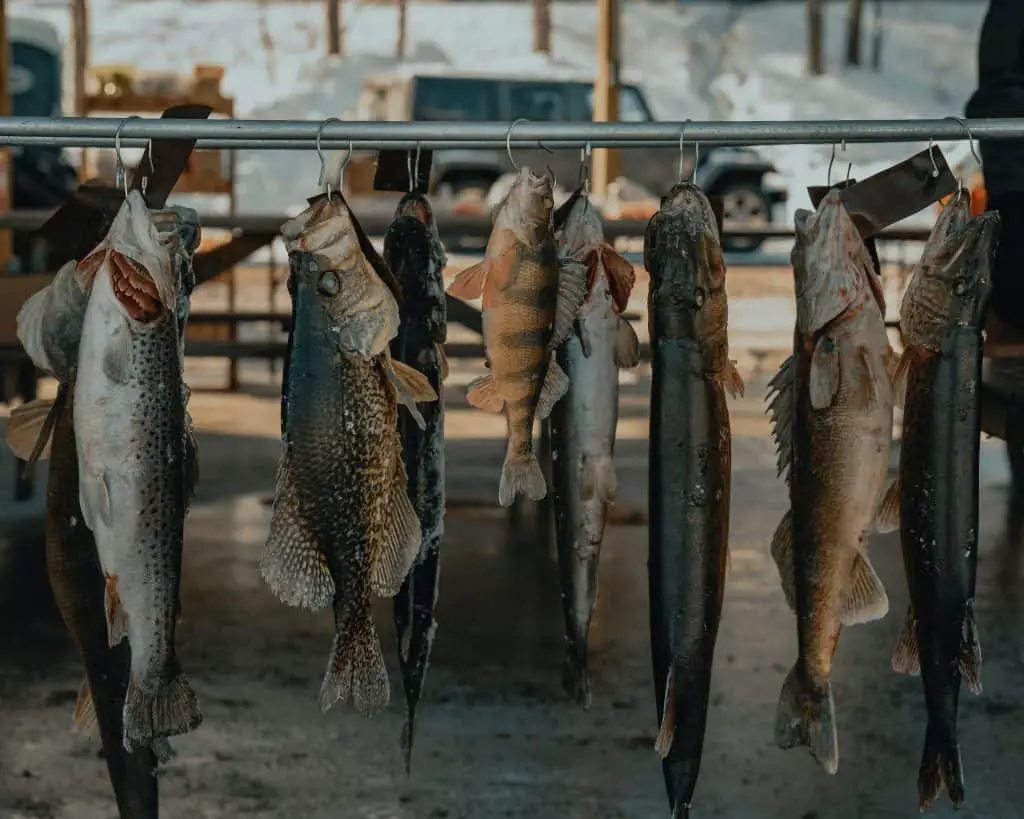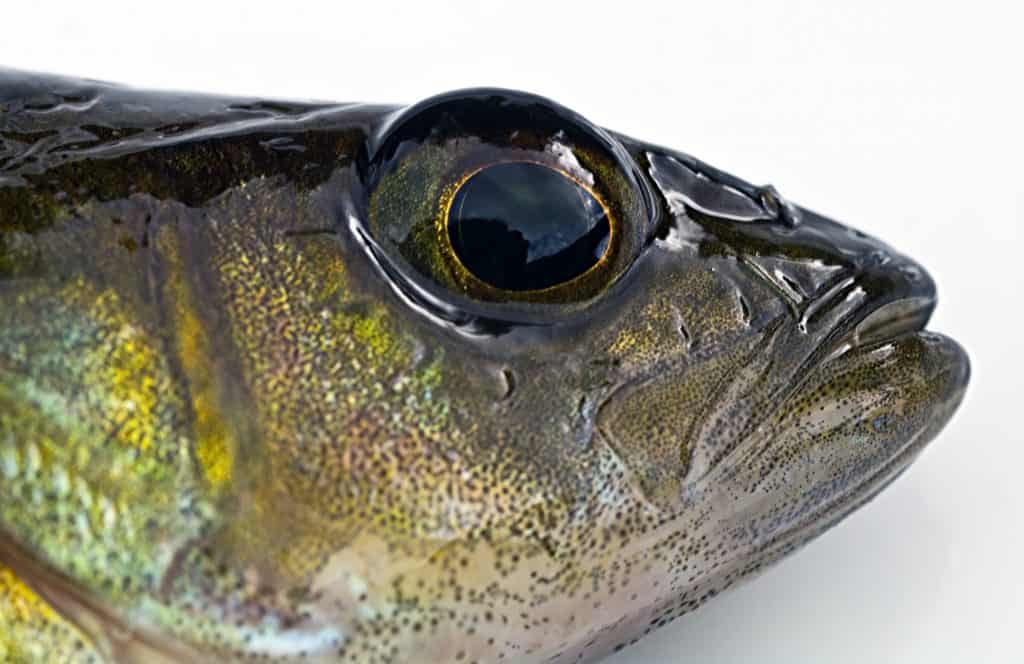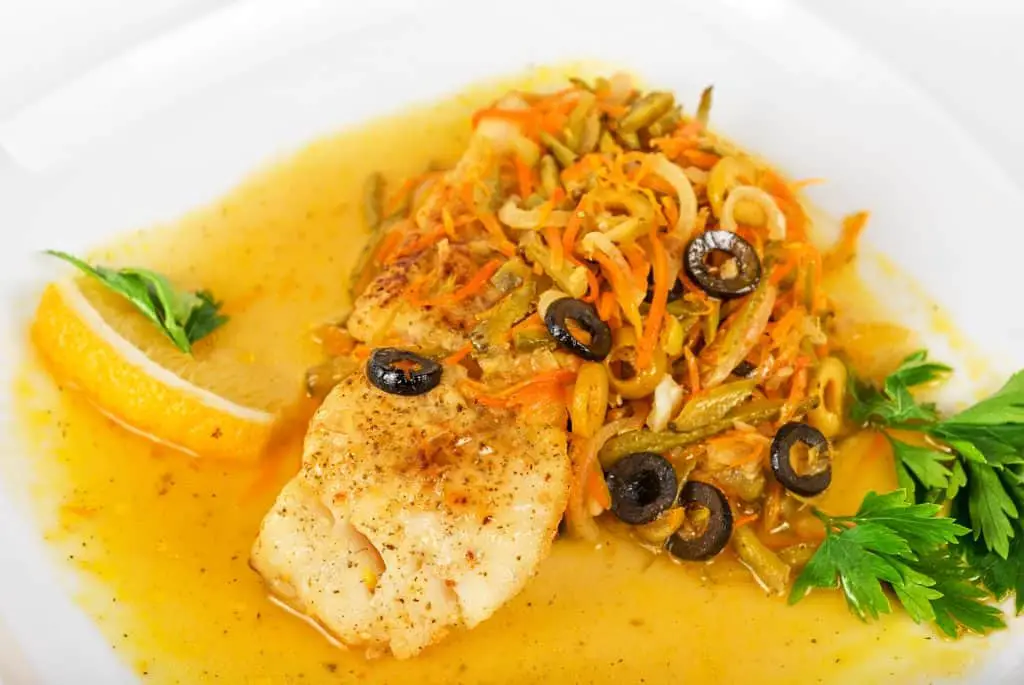Perch are a type of fish that can be found in lakes, rivers and streams all over North America. They can also be found in many other places around the world. These beautiful fish have long been a staple for those who enjoy fishing as well as those who enjoy eating seafood.
One thing that you may not know about perch is their taste, how they should be prepared for consumption or even can you eat perch at all. In this article we will discuss everything from whether or not perch are safe to eat to what type of preparation techniques there are so that you can make an informed decision before deciding on your next meal!

Interesting perch facts
Let’s start with some interesting perch facts:
Perch can be found in every state of the United States. There are also more than 200 species of perch that have been identified. They’re pretty much everywhere!
Perch can grow up to 60 pounds, as big as 20 inches long and live up to 20 years, with the world records even a bit higher each.
You can find wild perch in saltwater or freshwater; they’re a very versatile fish! Nevertheless, most perch species are considered freshwater fish.
Perch tend to live near or around vegetation and bottom dwelling organisms, so they can be difficult to catch on a day which is cloudy with light rain because it casts shadows underwater where they thrive. The best days to go fishing for perch are sunny days without any wind at all, as this allows you to see these fish better when they come up from below the surface of the water!
What is yellow perch?
Yellow perch is a freshwater fish that can be found in North America. They have a yellow-gold color with dark stripes on their backs and sides, which is where they get their name from!
They’re considered an invasive species because this type of perch typically occurs only in the southern parts of Canada or United States, but it’s been introduced to other waterways as well – such as Minnesota and Vermont.
In some regions these are called pumpkinseed for the slightly more orange hue coloring along its back with lighter lines running down its body towards its belly.
Can you eat perch?
Perch has white flesh and can be cooked to taste like other fish such as cod, haddock or bass. They can also be smoked!
Perch has all the same nutritional benefits of those mentioned above: It’s a great source of omega- fatty acids and protein; it is low in carbs, high in fat content but not saturated fats; when consumed with vegetables your dish becomes rich in calcium and vitamin C.
How do perch taste?
Perch has a unique taste due to their high fat content which makes these little guys flavorful and juicy while still remaining flaky and meaty. Its texture is comparable to scallops.

Is it safe to eat perch?
It is perfectly safe to eat perch, as long as they have been properly cleaned. Perch contain small bones which can be difficult for some people that don’t chew their food very well.
Is perch a good fish to eat?
In addition to the nutritional benefits of potassium, iron, selenium, Omega 3 fatty acids and vitamin B12, perch are also a low calorie fish.
Perch is considered good for the heart due to its lower levels of cholesterol than other types of whitefish or oily fish like salmon. Obviously, a pan fried perch with lots of butter is not as healthy, though you get a mild and delicate, slightly sweet flavor out of it.
Is perch better than cod?
This is mostly a matter of personal taste, but I personally prefer cod. Still, especially yellow perch is a great and tasty alternative when eating fish compared to the same old salmon, tuna, walleye or sea bass you might be used to eating. Still, I like to make a dish of what I caught, be it from a lake or the pacific ocean!
Omega 3 fatty acids in perch
Omega 3 fatty acids are essential to the human body, meaning that they can’t be manufactured by ourselves and need to come from external sources. Omega-three fatty acids are extremely important for brain function, cardiovascular health, skin care and more.
Perch is one of many foods rich in omega-three fatty acids: it has over 300mg per 100g! This makes Perch an excellent food choice because not only does this type of fish have a low fat content (remember all fats aren’t created equally!), but also it’s high in other nutrients like vitamin D and selenium which promote good heart health.
Is perch fish high in mercury?
The level of mercury in perch is relatively low in comparison to many other fish, making it a better choice if you are worried about that.

How to clean perch
Rinse off any worms, sand, dirt, slime, etc on your catch before eating them because these creatures may carry parasites and other bacteria! Cooking will kill most of those things but most people like their food extra fresh so it’s always best to rinse first.
If your perch is store-bought, it is not really necessary to clean perch before you cook it because they’re typically already cleaned when you buy them from your local grocery store or fish market! Just make sure there are no scales left on the skin because those can get stuck between your teeth!
If you know how to fillet perch then that is also an option for cooking this type of fish. This will provide more flavor than if it were just fried whole without being skinned first.
How to fillet perch
To remove the head from a whole fish: use kitchen shears at an angle by the fish’s head. Cut the skin below the gills, then cut through and up to sever it from the body. Pull off any scales on top of or near to the fish’s backbone with a scrub brush over a bowl before you start filleting because they can be difficult to clean once they’re stuck in there!
To remove fins: turn your perch over so that its belly is facing up. Use kitchen shears at an angle just behind where a fin meets fleshy part of their tail (toward back). Make sure not to use too much pressure when cutting this way because it will tear away some meat as well on smaller specimens like trout. Slide your hand along inside spine until you reach base, then grip firmly and pull.
Fins can be tricky to remove with just your hands, but a fish scaler or small sharp knife will help you grip them and cut away the flesh around their bases too if they’re still sticking on there. Remove any remaining scales near fins with a brush over a bowl like before then peel off skin from top of spine up using kitchen shears at an angle by its head as shown in step one until it’s detached.
The perch is now ready for filleting! Turn it over so the belly side faces down and use three fingers of each hand along either edge where flesh meets bones (known as “the lateral line”) starting from about halfway up towards tail end while pushing gently against abdominal cavity wall all the way down to tail. This will help keep the meat in place and make it easier to remove.
Step one is complete! Pull out any remaining bits of flesh with pliers or a sharp knife if needed then turn fish over so skin side faces down again for step two. Unlike other types of filleting, you’ll want to start by cutting from mouth end towards gill cover rather than midway up spine – this helps prevent the perch’s stomach from popping open when gutted which can lead to messier clean-up later on during cooking time (or worse yet while eating!). Next, use your fingers or a brush like before around blade/spine area where fins were removed earlier.
If there are any remaining scales on the perch, you can use your pliers to pinch and remove them.
Now that we’re getting towards the final stages of filleting this perch it’s important not to forget about removing any bones or stray pieces of flesh before cooking time! To do so just take a small knife like in step one and make an incision along tail side while holding meat aside with other hand – then slide blade sideways around bone until completely cut off.
If there are still bits hanging out where bone was removed which may be hard for some people to reach without causing excessive damage, try using needle nose pliers if available since they’ll have better grip than fingers will otherwise (or alternatively fold fish over itself in order of spine and use fingers to pinch and remove them).
Finally – pat the fish dry with a paper towel, put on a quick spritz of cooking oil like canola or vegetable so it doesn’t stick to pan (you don’t want your fillets sticking!), then season with salt and pepper if desired. Now you’re ready for that frying pan!

An easy perch recipe
Perch can be cooked in a variety of ways, such as frying or baking them with spices and breading! My personal favorite easy perch recipe is:
– Bread the perch in flour and spices
– Fry them until cooked through
– Top with tartar sauce, lemon juice and parsley flakes.
Perch can also be baked similarly to other fish like cod or salmon: place it on a baking sheet lined with parchment paper along with some chopped onions, garlic cloves, salt and pepper. Drizzle olive oil over top before putting it into an oven heated to 425°F for about 20 minutes! Serve warm on a bed of rice or quinoa.
Conclusion
If you’ve never eaten perch, it is time to give this delicious fish a try. Not only does the fish have an excellent nutritional profile and taste better than other types of whitefish like cod or pollock, but cooking perch is easy as well!
Whether you are frying your fillets in butter with lemon juice or baking them for 20 minutes at 425 degrees Fahrenheit, we hope that these guidelines will let you enjoy fresh-caught perch all year long.
What’s your favorite way to cook up some tasty perch? And do you prefer fly fishing, spin fishing or ice fishing for perch? Make sure to check out these related fish articles about eating bowfin, tarpon, jack crevalle, flounder, pike, blue marlin, tripletail and even koi!